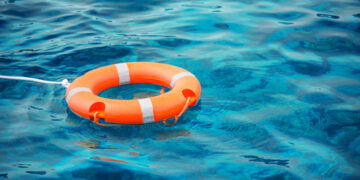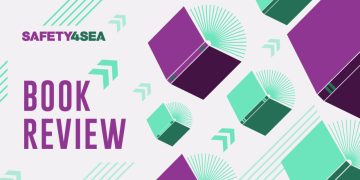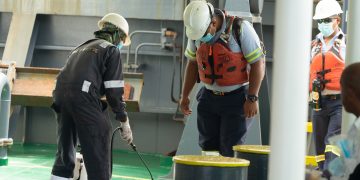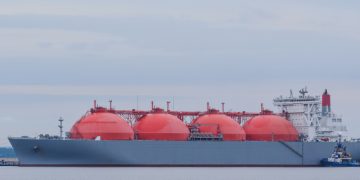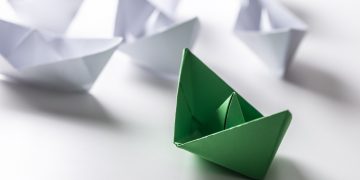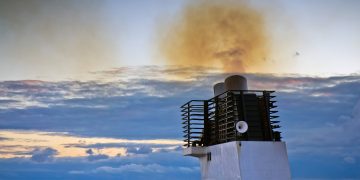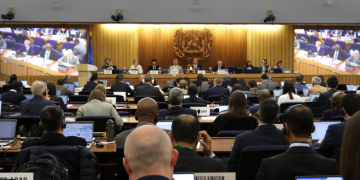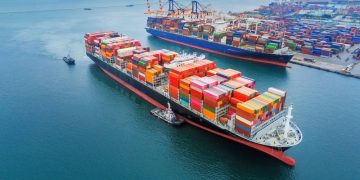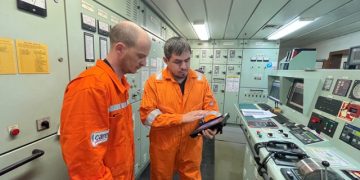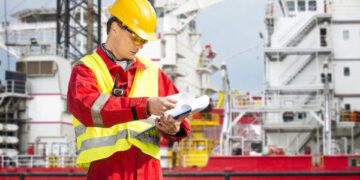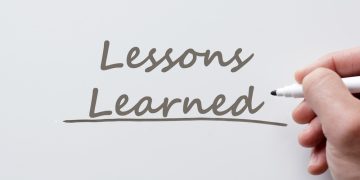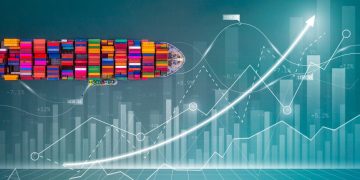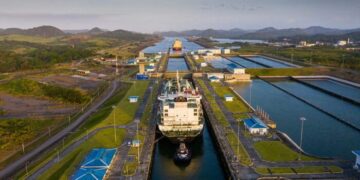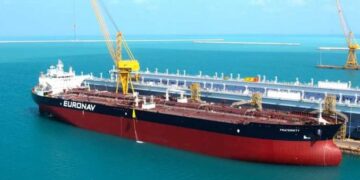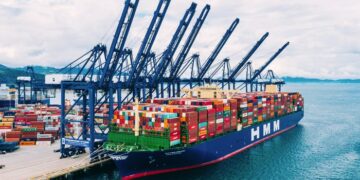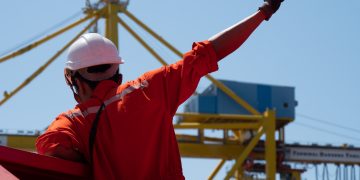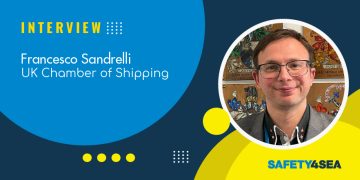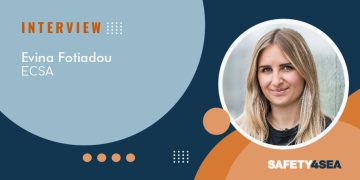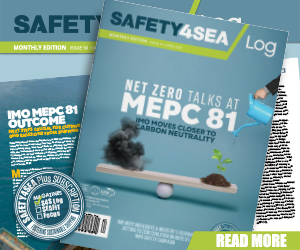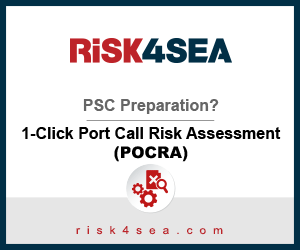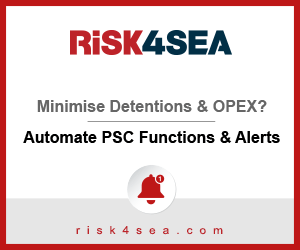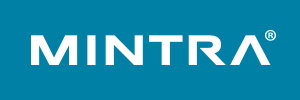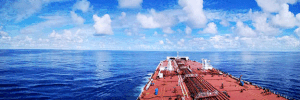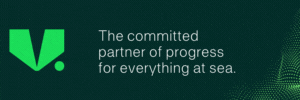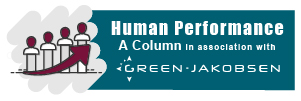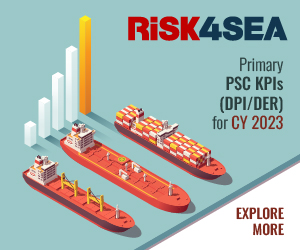EU Parliament passes law to make ships report climate emissions
For the first time, all shipping companies calling at EU ports will have to measure and publicly report carbon emissions under a law approved by an overwhelming majority of the EU Parliament's Environment Committee. Sustainable transport group Transport & Environment (T&E) says that the law is weak - it only monitors fuel consumption instead of directly reducing it, and only covers CO2 and not air pollutants like SO2 or NOx - but it can still trigger fuel savings indirectly. The EU law will require ship operators to publicly report three metrics to measure the environmental performance of ships: the theoretical energy performance of the ship known as the Energy Efficiency Design Index (EEDI); its real-world fuel consumption; and its energy efficiency, that is, the amount of fuel divided by the amount of cargo. The more cargo a ship can carry using the same amount of fuel, the more efficient and cheaper to run it is. The publication of ships' real energy efficiency will provide shipping users in Europe and worldwide with transparent data to identify the most efficient ships and practices. This can trigger a virtuous cycle of increased competition among operators, which will enable fuel savings and emissions reductions. ...
Read more





